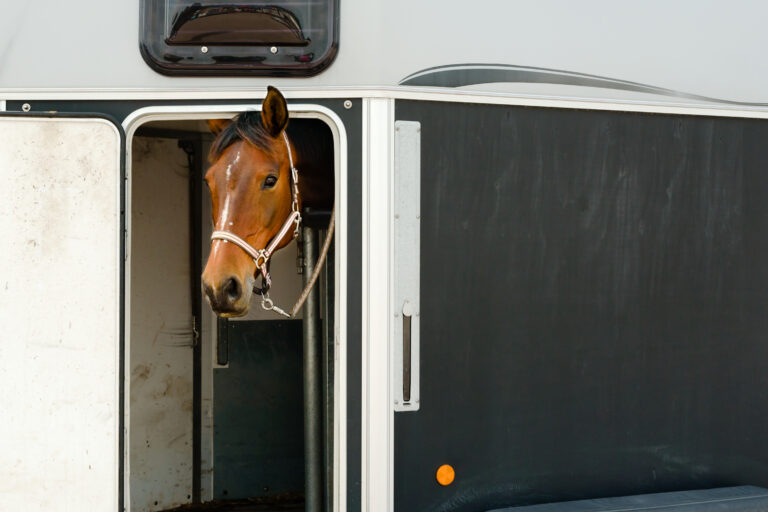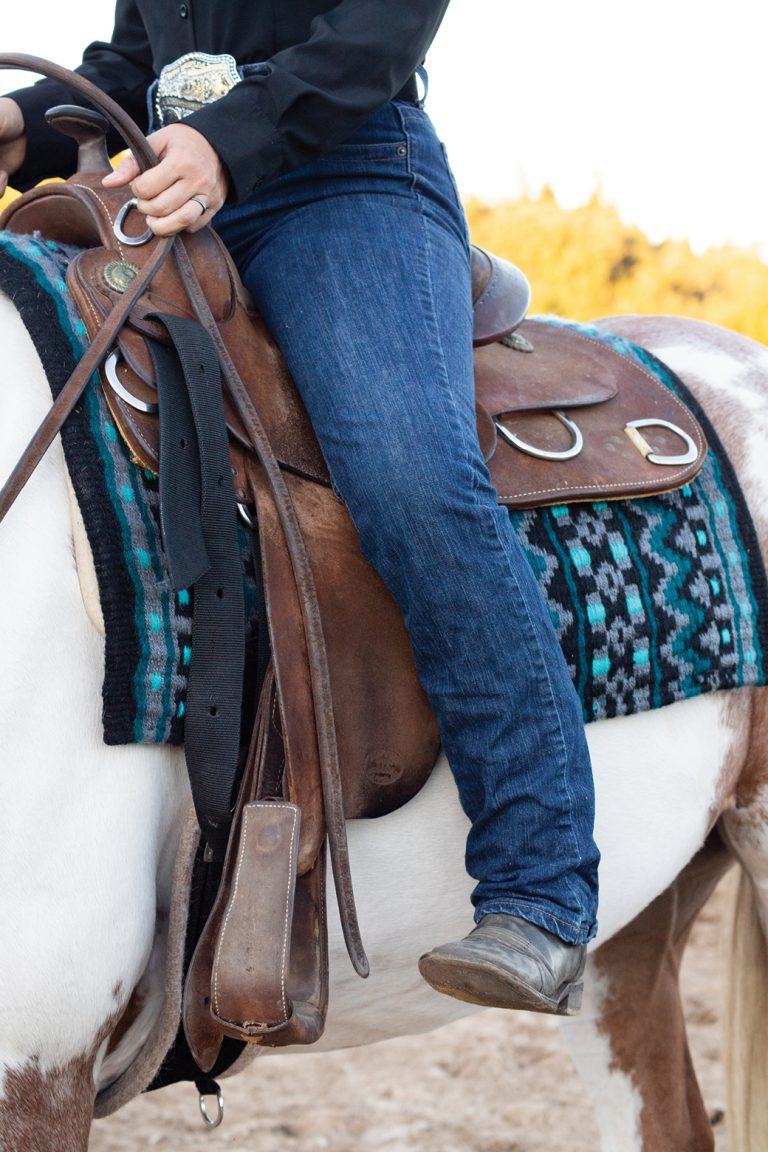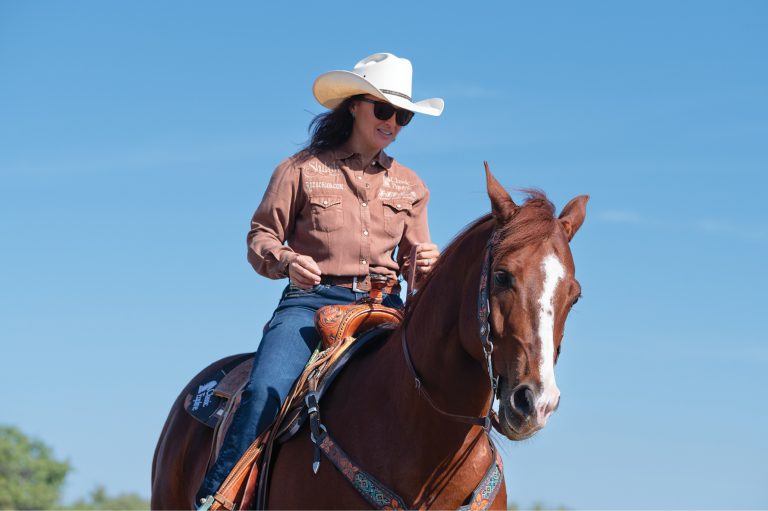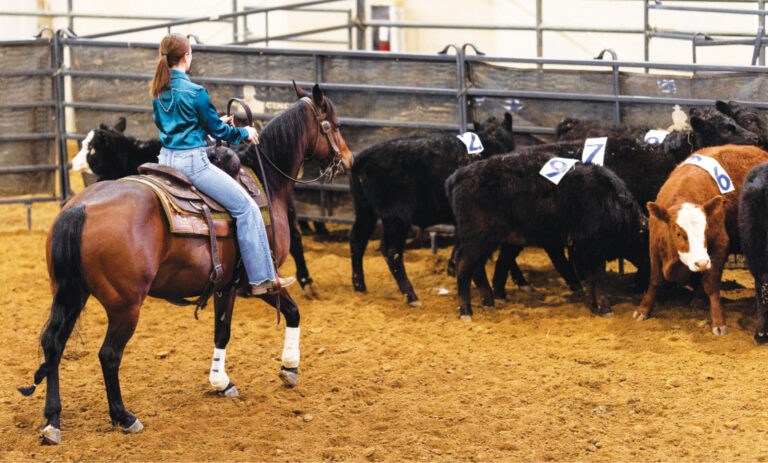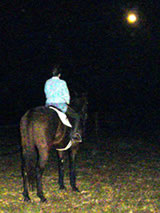
Question: My friends and I enjoy night riding–especially under a full moon. Do we need special gear? What safety tips can you give us?
Anthony Sanders
Leavenworth, Wash.
Answer: Riding down a meandering trail in the moonlight with good friends is a magical adventure. But safe night riding does require added preparation. To help you get ready, I’ll give you tips on how to best light your way. (Note: You’ll also need trail-riding essentials, such as a first-aid kit, a multipurpose tool, an EasyBoot, water, and snacks.) Then I’ll give you some at-home exercises to prepare your horse–and yourself–for a night ride. Finally, I’ll give you some valuable on-the-trail night-riding safety tips.
Horses see very well at night, and purists like me prefer to ride without any “false light.” However, if you need additional light on a dark trail, glow sticks (available from outdoor-supply stores) are an excellent choice. They’re tubes that, when activated, emit a dusklike luminescence that lights the trail without destroying your or your horse’s night vision (when your and your horse’s pupils naturally dilate to let in the greatest amount of light possible). Use duct tape to secure two or three sticks to your horse’s breastcollar, and snap their tops to activate them when the sun goes down. They’ll last 8 to 10 hours. (But take a couple of extras in your saddlebag, just in case.)
Also pack a handheld flashlight (also available from outdoor-supply stores) that fits into your saddlebag–but use it only when absolutely necessary (such as emergency tack repair or to check out a suspicious noise). Its bright light will ruin the night vision both you and your horse need. Warn your companions before you turn it on. (Never wear a headlamp; its light flashes everywhere you look, and your horse’s eyes will follow it, not the trail.)
Other night riders might use flashlights or even headlamps more frequently, so it’s best to get your horse used to the beam before you go. Here’s how:
- At dusk, tack up your horse. At this time of day, the flashlight won’t seem as bright. Hand-walk him to a small, enclosed area, such as a round pen for better control.
- With your reins in one hand and a flashlight in the other, stand at your horse’s front legs, facing him. Talk to him in soothing, reassuring tones. Point the flashlight at his hooves and turn it on. Run the beam over his hooves, then slowly up his legs, as though you were giving him a bath for the first time. Act blas?, so you don’t transmit any nervousness to him.
- “Bathe” the rest of your horse’s body with light, until he’s completely desensitized.
- Turn off the flashlight, mount up, and sit quietly. Point the flashlight straight down, and turn it on. Slowly move the beam around until it ceases to distract your horse. Then pick up a jog, and continue to move the beam. Then try it at a lope, gradually moving the beam more quickly. Your goal is to teach your horse to ignore an erratic light beam-even at a lope.
- When your horse is comfortable with the flashlight at dusk, repeat the drill in darkness, so he’ll get used to a brighter light.
Now, here are some on-the-trail night-riding tips:
- Choose a trail that suits your ability and confidence level. For your first rides, travel a wide trail, so if your horse spooks, you’ll have plenty of room for correction. (As you become more experienced, you can gradually move on to more difficult trails.)
- Ride the trail in the daylight first. Once your horse knows a trail in light, you can trust him to carry you over it in darkness.
- Go when the moon is full and bright for the best night vision possible.
- Ride with a buddy, and file a “flight plan” with someone before you leave. Then enjoy the moonlight!
Patti Bailey owns and operates the Phase II Show and Sport Horse Ranch in Cool, Calif., where she specializes in training and conditioning horses for both pleasure riding and competition. She also stands several stallions, including Remington Steele, an Arabian U.S. and Canadian top-10 halter stallion and a champion in six performance divisions.
This article first appeared in the June 2001 issue of Horse & Rider magazine.

